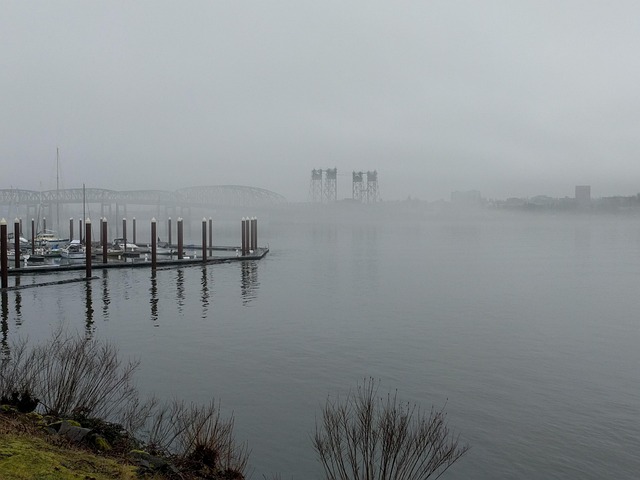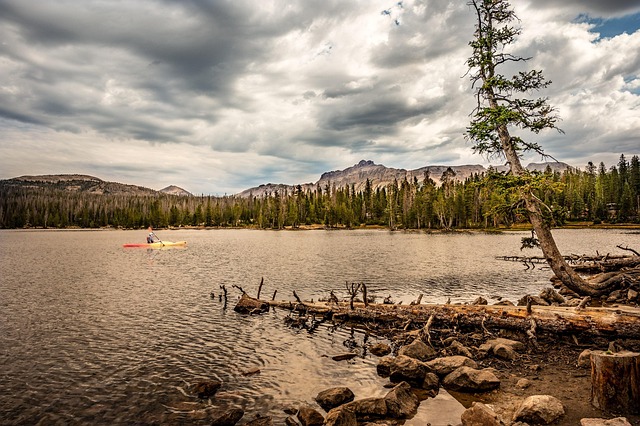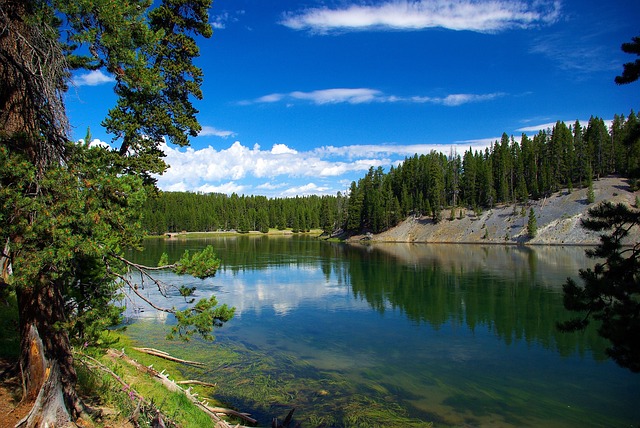The 19th-century railway boom revolutionized global trade and smelting industries, connecting remote mineral-rich regions with urban centers. Railroad infrastructure played a pivotal role in the success of smelter sites, fostering symbiotic growth and shaping industrial heritage. Today, the remnants of this integration present unique challenges and opportunities for real estate developers, who can preserve historical value while implementing adaptive reuse strategies for modern urban landscapes.
“Unraveling the intricate relationship between historic railroad roots and smelters, this article delves into the transformative impact of railway development on industrial landscapes. From the advent of efficient transportation to the establishment of vibrant smelter sites, we explore how rail infrastructure shaped economic growth. We analyze the correlation between railroad expansion and the rise of smelters, focusing on key real estate considerations that preserve this valuable industrial heritage. By examining these factors, we contribute insights into urban planning and historical conservation.”
The Historical Context of Railroad Development and Its Impact on Smelters

The development of railroads in the 19th century played a pivotal role in shaping industries across the globe, and smelting was no exception. As railroad networks expanded, they connected remote areas with bustling urban centers, revolutionizing transportation and trade. This connectivity facilitated the movement of raw materials to smelters, enabling efficient processing and the rapid growth of metal-based industries. The real estate landscape underwent a transformation as well; proximity to railroad hubs became a valuable asset for businesses, leading to the development of industrial zones strategically located near rail lines.
The impact was profound, especially in regions rich in mineral resources. Smelters, once isolated and reliant on local supply chains, could now access a steady stream of materials from various sources. This increased supply fostered competition and encouraged innovations in smelting techniques. The railroad’s ability to transport vast quantities of goods over long distances created a symbiotic relationship, driving the success and expansion of both industries.
Exploring the Relationship Between Railroad Infrastructure and Historic Smelter Sites

Railroad infrastructure has historically played a pivotal role in the development and prosperity of smelter sites, creating a symbiotic relationship that shapes the landscape of industrial heritage. The arrival of railroads facilitated the transportation of raw materials to smelters, enabling efficient and cost-effective movement of resources across vast distances. This connectivity was instrumental in the growth of smelting operations, as it allowed for the timely delivery of crucial ingredients, such as ore, coal, and fuel, ensuring a steady supply for these energy-intensive processes.
In many cases, historic smelters were strategically located near railroad junctions or along major transport routes, taking advantage of this efficient logistics network. The proximity to railroad lines not only simplified the input supply chain but also opened up new markets for the output products, such as refined metals and alloys. This integration between railroads and smelter sites left behind a tangible legacy in the form of infrastructure remnants, which today hold immense value in real estate and urban planning efforts aimed at preserving our industrial heritage.
Real Estate Considerations and Preserving Industrial Heritage

The development of railroad networks played a pivotal role in shaping urban landscapes and fueling economic growth, leaving a lasting impact on real estate considerations. When historic railroads coexist with smelters, the integration of these industrial giants into the fabric of towns and cities becomes a delicate balance. Preserving the heritage of such sites is not merely about maintaining physical structures; it’s about recognizing and honoring the role they’ve played in shaping communities.
Real estate developers often face the challenge of reconciling the potential for urban renewal with the need to respect historical significance. Historic railroads and smelters, with their intricate architectural designs and unique industrial character, can be revitalized into mixed-use spaces that blend residential, commercial, and cultural offerings. Careful planning and adaptive reuse strategies are essential to ensuring that these sites not only survive but thrive as vibrant contributors to modern urban landscapes while preserving the rich industrial heritage for future generations.






